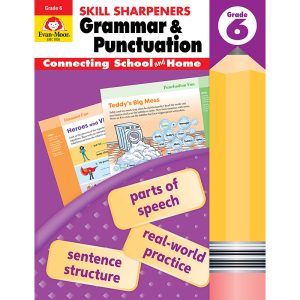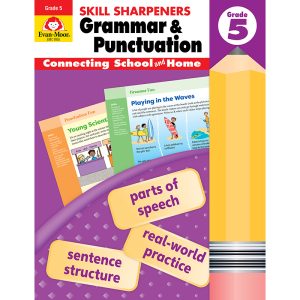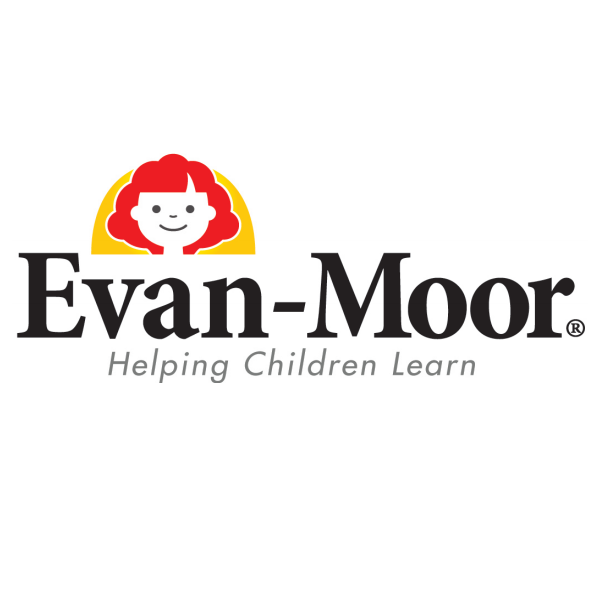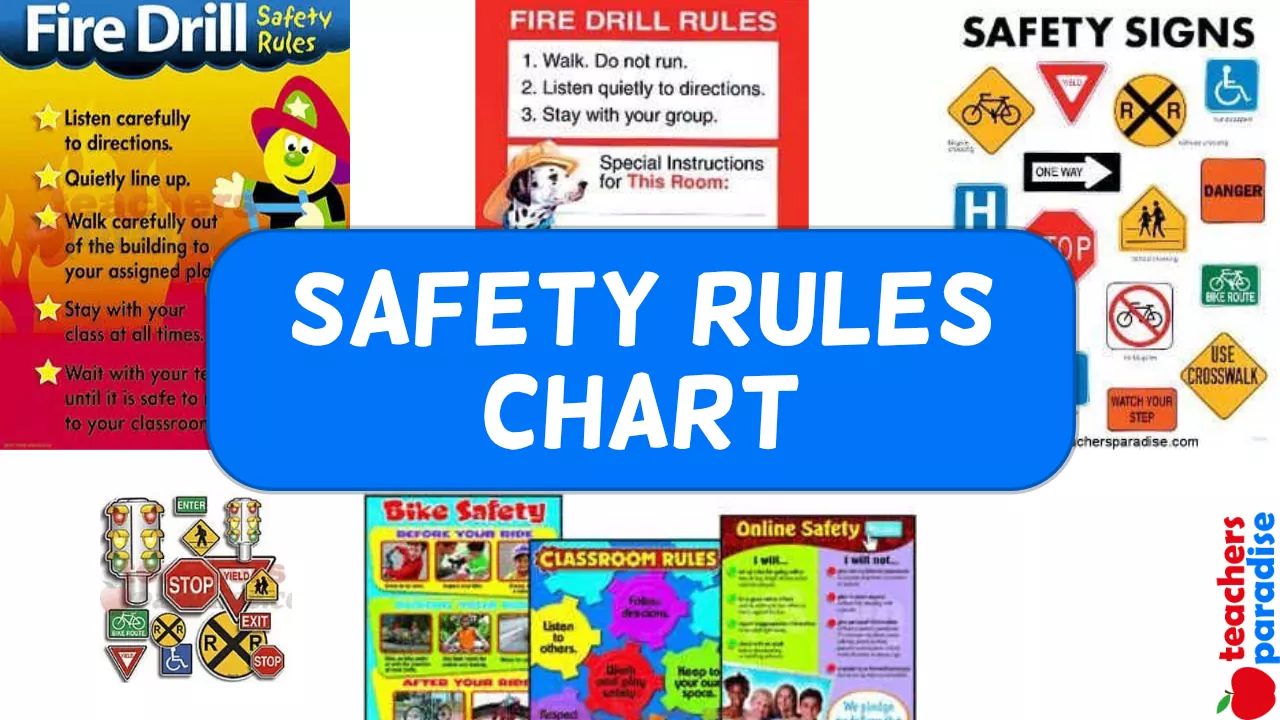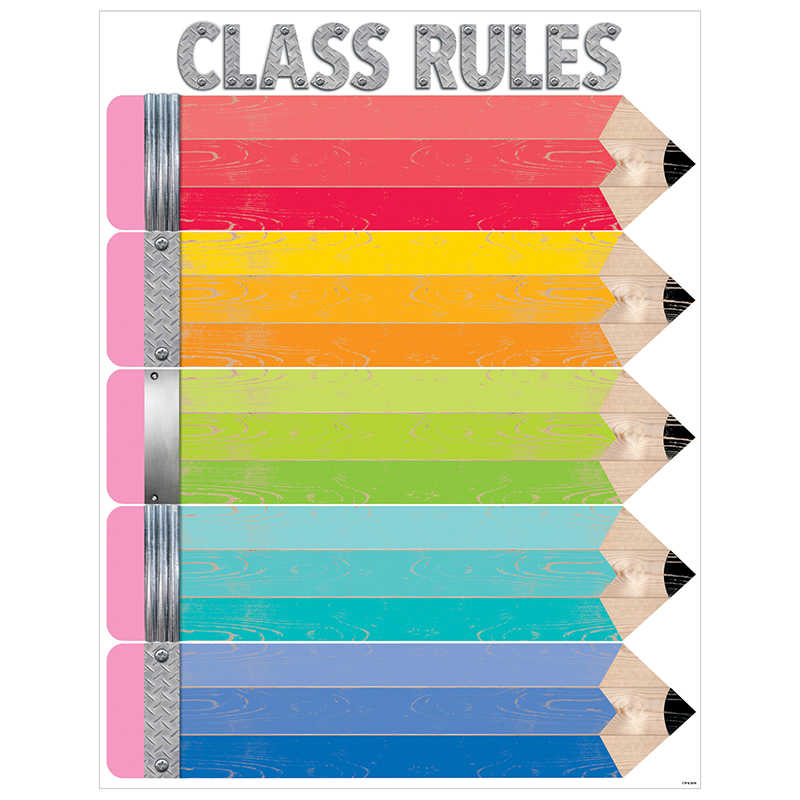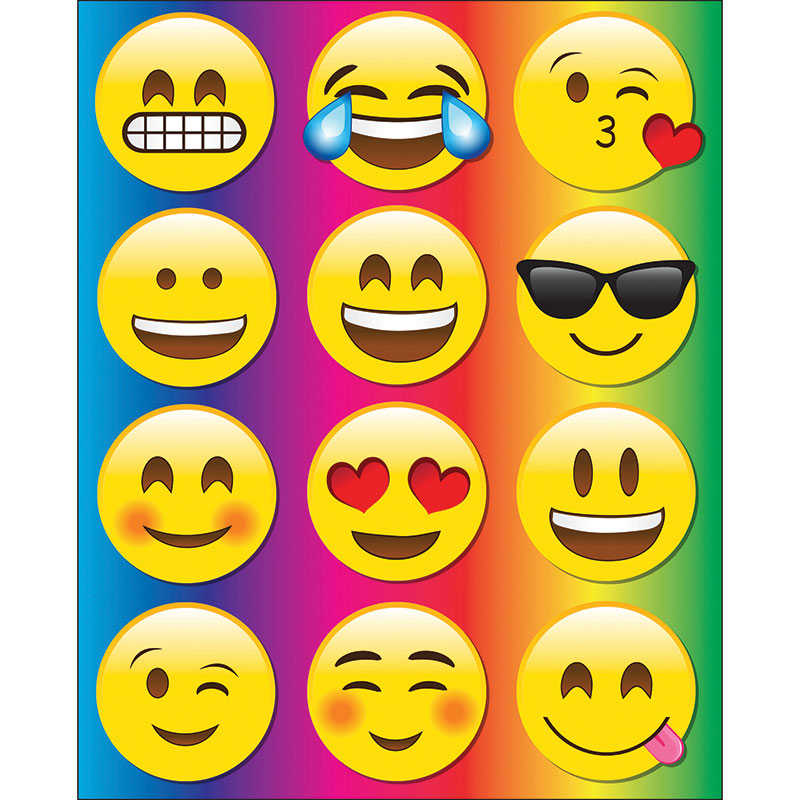How to Write Simple Science Reports
How to Write Simple Science Reports contains the following materials to help get students started writing their own reports:
• ideas for getting children to write
• suggestions for using the report forms
• bibliography
• discussion questions
• information page on each topic
• report writing topics
• story writing topics
• reproducible forms for 30 reports in three categories:
wild animals
inside animal homes
dinosaurs and prehistoric animals
WORKSHEET & Sample PDF Activity
Sample PDF Activity
Helping Children Write Simple Science Reports
The most successful writing experiences for children have one thing in common – adequate time has been spent at the prewriting stage. During the prewriting stage motivation is established, background knowledge is developed, and requirements of the writing assignment are clarified. During this time, the writing process is modeled. Don’t rush through this step.
Establishing Purpose
Your students need to know the reason they are doing a specific writing assignment. Explain why they have been given the assignment and what you will be looking for in the finished project:
• Are they writing to show what they have learned through class study on a topic?
• Are they writing to show what they have learned doing their own research?
• Are they writing to show how well they can write a specific type of report?
• Will you be looking primarily at content?
• Are you looking for how well they use the mechanics of written language?
State your purpose in clear, easily understood language. “You are going to write a short report about (topic). You need to include these three points….” “You are going to write a description of (topic). Describe its size, color, what it is made of, what it can do,….”
Provide Background Information
If the whole class is working on the same topic, share information by reading books together and viewing videos, filmstrips, etc., to develop background knowledge before they begin to write. Discuss what they have learned and make notes on the chalkboard for students to use as a reference.
If students are going to be writing on different topics, set up a research area containing books, magazines, filmstrips, etc., they can use in doing their own research. Arrange with the librarian for times when students can do further research in the library. Be sure your students have had some group experience in doing research and making notes before you expect independent reports.
Modeling the Process
Use these steps for writing a simple science report with the whole class:
- Select one topic from the book.
- Read one or more selections about the topic to your class.
- Brainstorm with the class to create a list of facts they learned from what you read. List the facts on the chalkboard or a chart for students to use as a reference source.
- Group facts about a particular aspect together.
- Have children write a short report using these facts. (With less-able groups of students or students who have never written a report before, you may wish to write the report together and have each student copy the report into their own books.)
These report forms can be used by:
• The Whole Class
The whole class can study and report on one specific animal or animal’s home. Share many books and films about the topic with your class. Discuss physical characteristics, habits, habitat, and unusual adaptations of the animal or animal home.
• Cooperative-Learning Groups
Each group will select the animal or animal home it wishes to study. The students in the group are responsible for finding information about that animal. (Teacher can help by providing access to a variety of resources in class and opportunities to visit the library.) A record keeper for the group takes notes to be used in the final writing of the report.
• Individual Students
Each student will select an animal or animal home he/she wishes to study. The student is responsible for finding information about that animal. (Teacher can help by providing access to a variety of resources in class and opportunities to visit the library.)
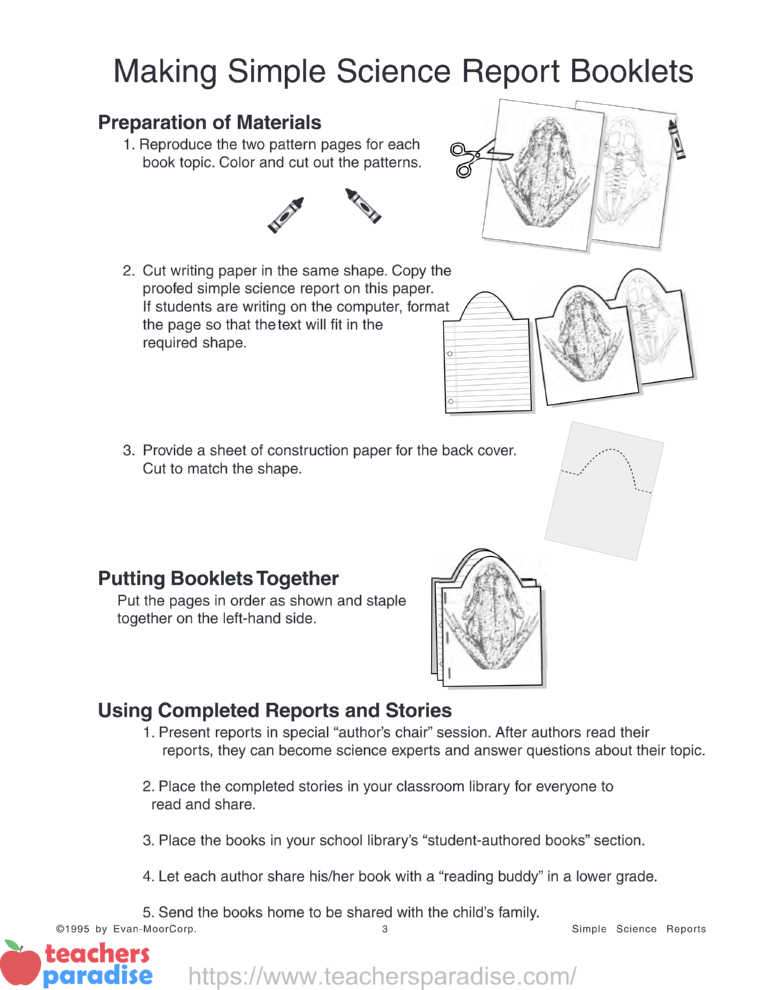
Making Simple Science Report Booklets
Preparation of Materials
- Reproduce the two pattern pages for each book topic. Color and cut out the patterns.
- Cut writing paper in the same shape. Copy the proofed simple science report on this paper. If students are writing on the computer, format the page so that the text will fit in the required shape.
- Provide a sheet of construction paper for the back cover. Cut to match the shape.
Putting Booklets Together
Put the pages in order as shown and staple together on the left-hand side.
Using Completed Reports and Stories
- Present reports in special “author’s chair” session. After authors read their reports, they can become science experts and answer questions about their topic.
- Place the completed stories in your classroom library for everyone to read and share.
- Place the books in your school library’s “student-authored books” section.
- Let each author share his/her book with a “reading buddy” in a lower grade.
- Send the books home to be shared with the child’s family.
Table of Contents
Helping Children Write Simple Science Reports – 1
Wild Animals – 5
Animal Homes – 47
Prehistoric Animals – 89

